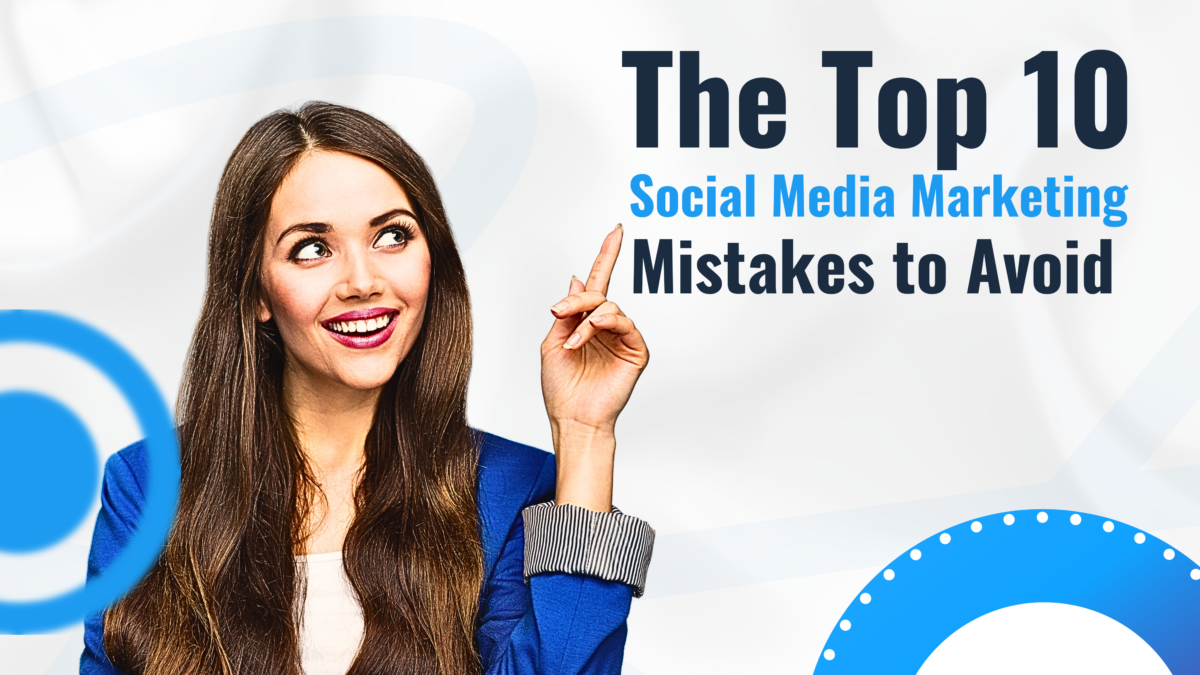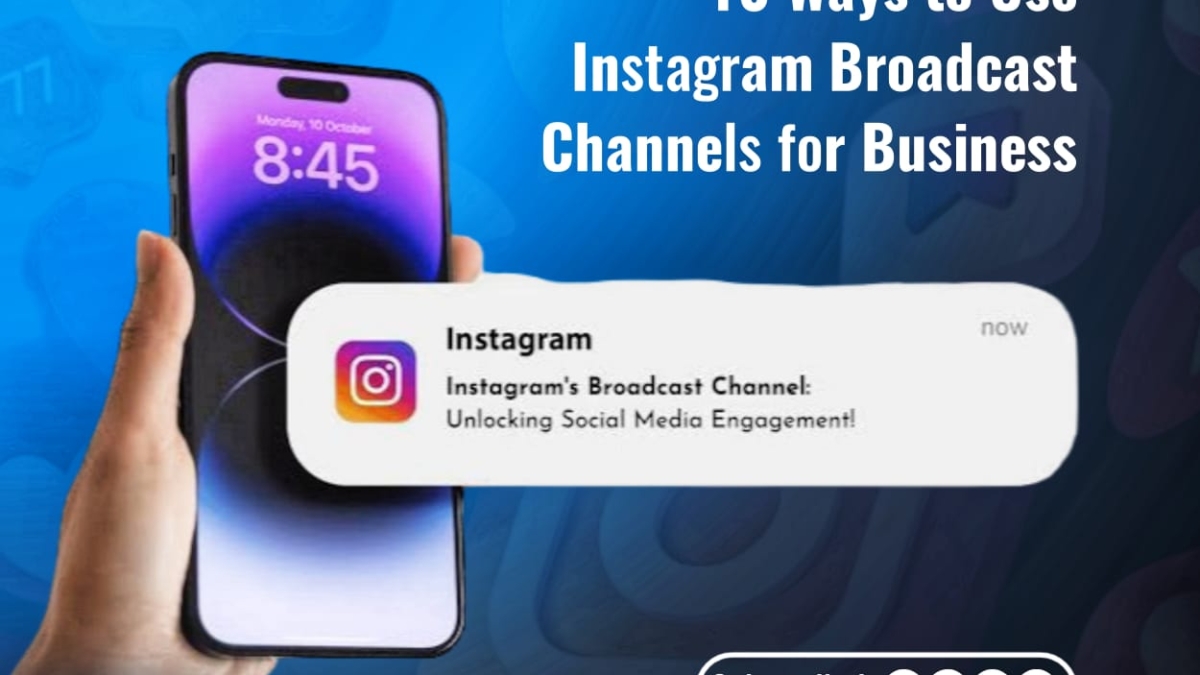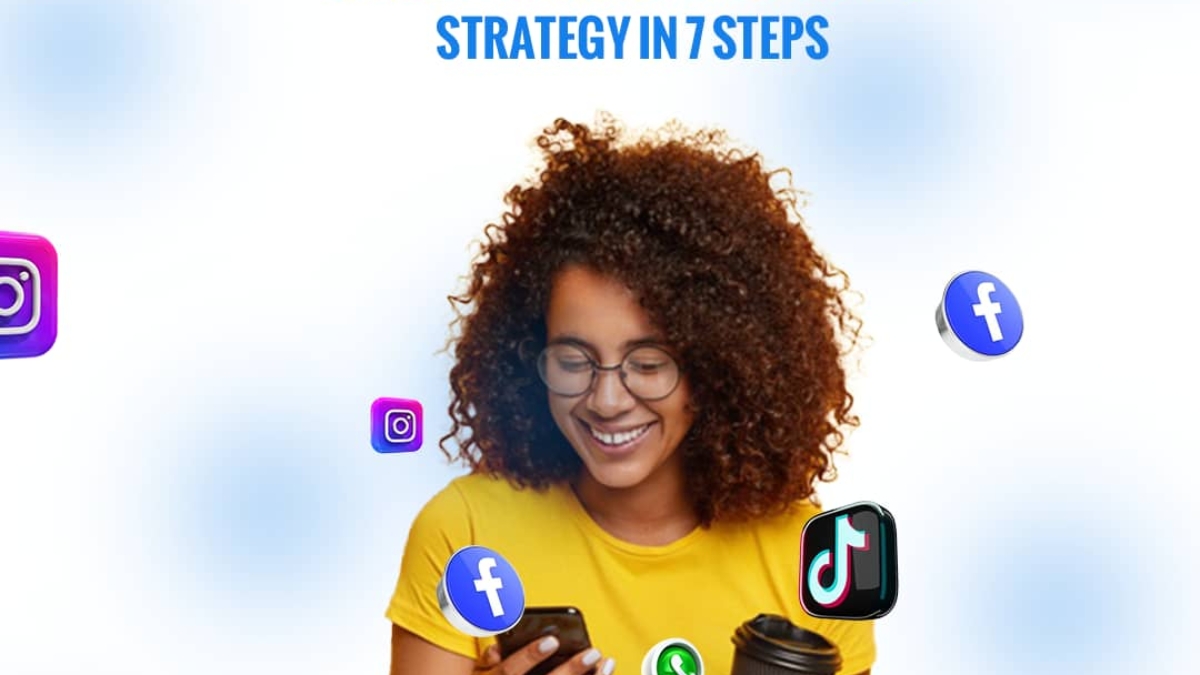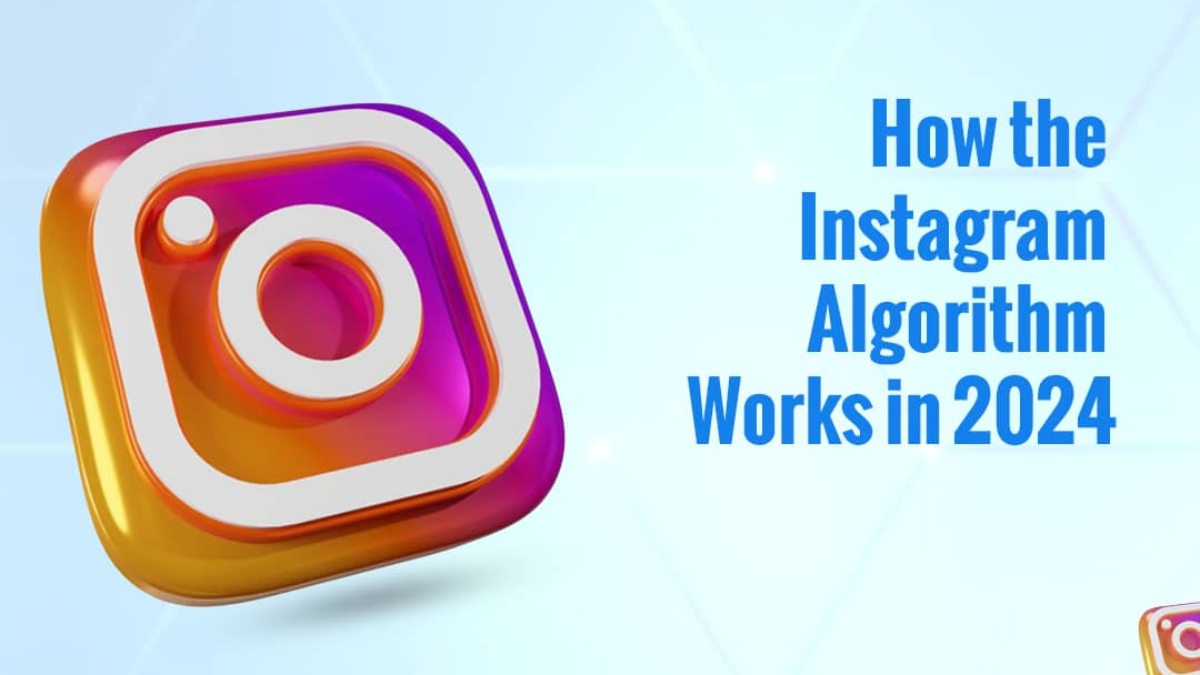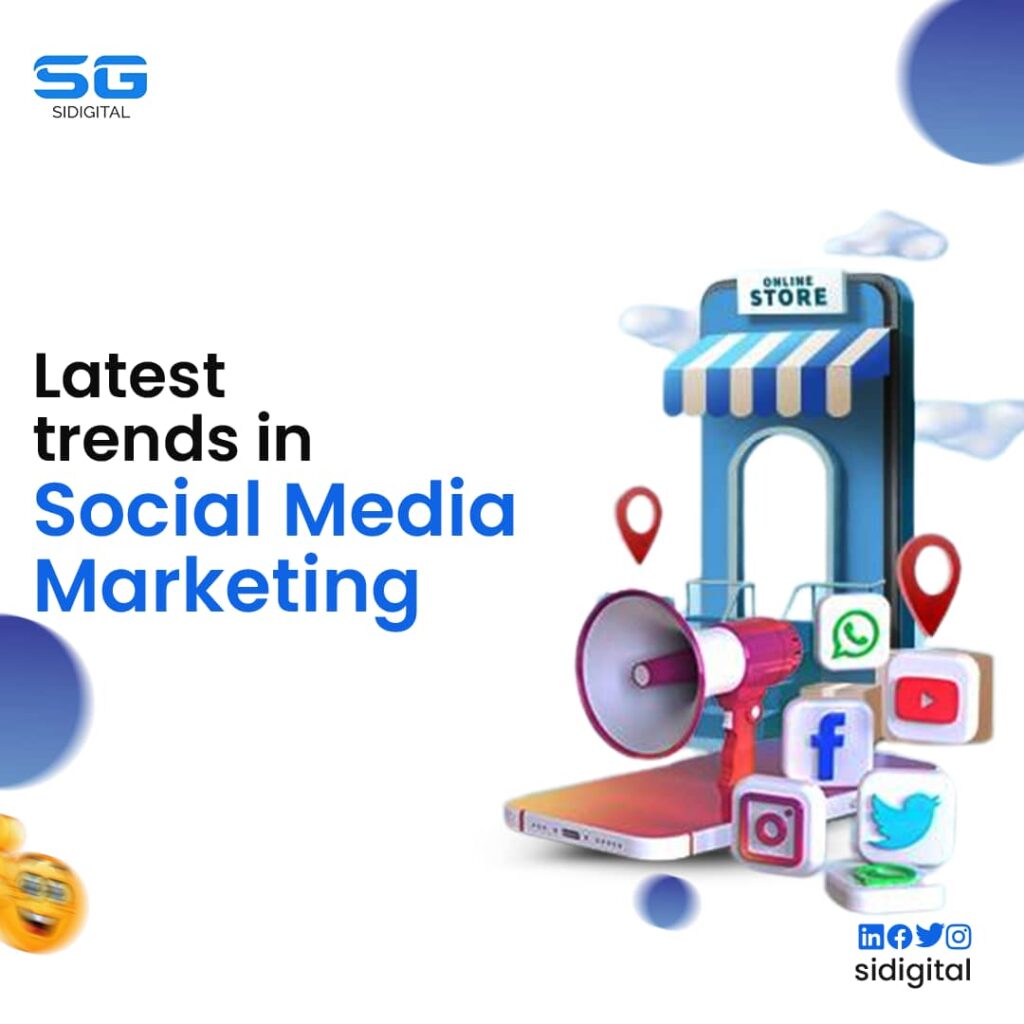Social media has become an essential part of any successful marketing strategy. It allows businesses to connect with their target audience, build brand awareness, and drive sales. However, navigating the ever-changing landscape of social media can be challenging, and it’s easy to make mistakes that can hinder your marketing efforts.
In this blog post, we’ll explore the top 10 social media marketing mistakes to avoid, so you can maximize the impact of your social media campaigns and achieve your business goals. Let’s dive in
1. Lack of a Clear Social Media Strategy
One of the most common mistakes businesses make is not having a clear social media strategy. Without a well-defined plan, your social media efforts can become disjointed and ineffective. Before you start posting on social media, take the time to define your goals, target audience, and the platforms that best fit your business. Develop a content calendar and a consistent brand voice to ensure your messaging is cohesive across all your social media channels.
2. Inconsistent Posting
Consistency is key when it comes to social media marketing. Posting sporadically or irregularly can make it difficult for your audience to engage with your content and can hurt your overall visibility on social media platforms. Develop a consistent posting schedule and stick to it, whether that means posting daily, several times a week, or a few times a month, depending on your industry and audience.
3. Ignoring Audience Engagement
Social media is a two-way street, and ignoring your audience’s engagement can be a major mistake. Respond to comments, questions, and messages promptly, and actively engage with your followers by asking for their input, running polls, or hosting Q&A sessions. This not only helps build stronger relationships with your audience but also shows that you value their participation.
4. Lack of Visually Appealing Content
In the age of social media, visual content is king. Platforms like Instagram, TikTok, and Pinterest are heavily focused on visual storytelling, and even on text-based platforms like Twitter and Facebook, eye-catching visuals can make your content stand out. Invest in high-quality images, videos, and graphics to create visually appealing content that resonates with your audience.
5. Lack of Authenticity
In the age of social media, authenticity is key. Consumers are increasingly wary of overly polished, corporate-sounding content and are drawn to brands that showcase their human side. Be transparent about your business, share behind-the-scenes content, and let your brand’s personality shine through. This can help you build stronger connections with your audience and foster a sense of trust.
6. Trying to Be on Every Social Media Platform
It’s tempting to try to be present on every social media platform, but this can be a mistake. Each platform has its unique audience, features, and best practices, and trying to manage too many channels can lead to a diluted and ineffective social media strategy. Instead, focus on the platforms that are most relevant to your target audience and where you can consistently create high-quality content.
7. Neglecting Paid Advertising
While organic social media marketing is important, paid advertising can be a powerful tool to amplify your reach and drive tangible results. Platforms like Facebook, Instagram, and LinkedIn offer sophisticated targeting and analytics capabilities that can help you reach your ideal customers and measure the impact of your campaigns. Incorporate paid advertising into your social media strategy to complement your organic efforts.
8. Failing to Adapt to Algorithm Changes
Social media platforms are constantly evolving, and their algorithms are often updated to prioritize certain types of content or user behaviour. Failing to adapt to these changes can hurt your visibility and engagement. Stay up-to-date on the latest algorithm updates and adjust your content strategy accordingly, whether that means creating more video content, using more hashtags, or optimizing your posting times.
9. Lack of Collaboration and User-Generated Content
Social media is all about building a community, and one way to do this is by collaborating with your audience and encouraging user-generated content (UGC). Invite your followers to share their content, experiences, or testimonials, and then amplify and engage with that content. This not only helps you create a more authentic and engaging social media presence but also fosters a sense of community and loyalty among your followers.
10. Over-Reliance on Automation
While automation can be a useful tool for streamlining your social media management, over-relying on it can lead to a lack of authenticity and personalization. Automated responses, generic content, and scheduled posts can make your brand feel impersonal and disconnected from your audience. Balance automation with a human touch, and use it judiciously to free up time for more strategic and engaging social media activities.
Conclusion
Social media marketing can be a powerful tool for businesses, but it’s easy to make mistakes that can undermine your efforts. By avoiding the top 10 social media marketing mistakes outlined in this post, you can set your business up for success on social platforms.
Remember to focus on quality over quantity, be authentic and engaging, leverage the right platforms for your audience, track your analytics, and avoid common pitfalls like over-promotion, lack of strategy, and inconsistent posting. With the right approach, social media can be a highly effective channel for building brand awareness, driving website traffic, generating leads, and fostering meaningful connections with your customers.
Stay vigilant, learn from your mistakes, and continue to adapt your social media marketing strategy as the landscape evolves. Consistent, thoughtful execution is key to maximizing the benefits of social platforms for your business. Implement these best practices, and you’ll be well on your way to social media marketing success.

